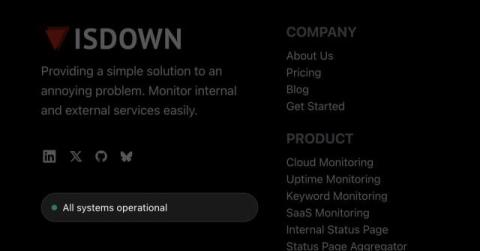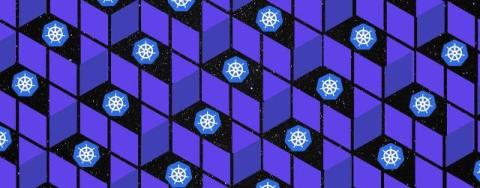Key metrics for monitoring Snowflake cost and data quality
Snowflake is a self-managed data platform that enables users to easily store, process, analyze, and share high volumes of structured and semi-structured data. One of the most popular data platforms on the market, Snowflake has gained widespread adoption because it addresses a range of data challenges with a unified, scalable, and high-performance platform. Snowflake’s flexibility enables users to handle diverse workloads, such as data lake and data warehouse integration.











